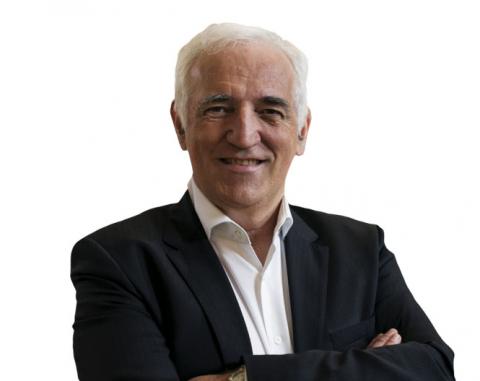The LHC tends to dominate the news from CERN for all kinds of reasons, beech martens included, but we should not forget that there is a unique chain of accelerators upstream of the LHC, tended to and operated by an incredible group of people. If our whole accelerator chain does not work perfectly, nor can the LHC, and in addition to forming the LHC’s injector chain, our upstream accelerators support their own experiments, bringing great diversity to the CERN research programme.
The chain begins with the proton source and Linac2, which have been faithfully delivering beams since 1978. This year, Linac2 accelerated its first beams on 29 February. Beams were then passed on to the PS Booster and the veteran PS, the linchpin of the CERN accelerator complex and in operation since 1959. The final link in the chain before the LHC is the SPS, commissioned in 1976 and back in service with beam this year since 12 March. Each one of these machines is bespoke: its own prototype in many ways, and each is an extremely complex device in its own right. Every restart brings new challenges, and it’s a great credit to the teams running the machines that from a user perspective, things usually seem to run like clockwork. In terms of challenges, this year was no exception, with a vacuum leak in the proton source to be located and repaired, POPS (Power system for PS main magnets) working in degraded mode and an SPS extraction magnet needing exchange.
With beams in the Booster and the PS, experimental programmes got under way at ISOLDE, in the East Area, at n_TOF, and at the Antiproton Decelerator. ISOLDE’s exotic beams are used in experiments ranging from nuclear structure to particle astrophysics. The East Area is home to the CLOUD experiment among others. Experiments at n_TOF provide insights into subjects as diverse as the origin of elements in stars and the elimination of nuclear waste, and those at the Antiproton Decelerator probe the mysteries of antimatter. When the SPS started up, a range of North Area experiments covering questions as diverse as nuclear structure, quark-gluon plasma, precision tests of the Standard Model and the origin of ultra-high-energy cosmic rays got their 2016 campaigns off to a start.
This is my second message to the CERN personnel this year. The first marked the beginning of LHC powering tests back in March. Much has happened since then, most of it good. With beams back in the LHC at Easter, we found the machine to be as good as we left it. All the myriad parameters that have to be mastered to run a machine as complex as the LHC were reproducible with relative ease. The electron cloud that builds up in the beam pipes, and can have a strong negative influence on the beams has been mastered. Problems encountered along the way, most notably, as far as the outside world is concerned, that caused by a curious beech marten in an electrical substation, have been investigated, understood and put right with little fuss and minimum delay.
Thanks to the competence and dedication of the teams that look after and operate all of CERN’s accelerators, I can report that our machines are running extremely well. We can now buckle down to achieving our ambitious goals for 2016, as we plan to deliver around six times more LHC data than in 2015. As we do so, let’s remember that the road to new physics is rarely smooth, but the destination always makes the journey worthwhile.

